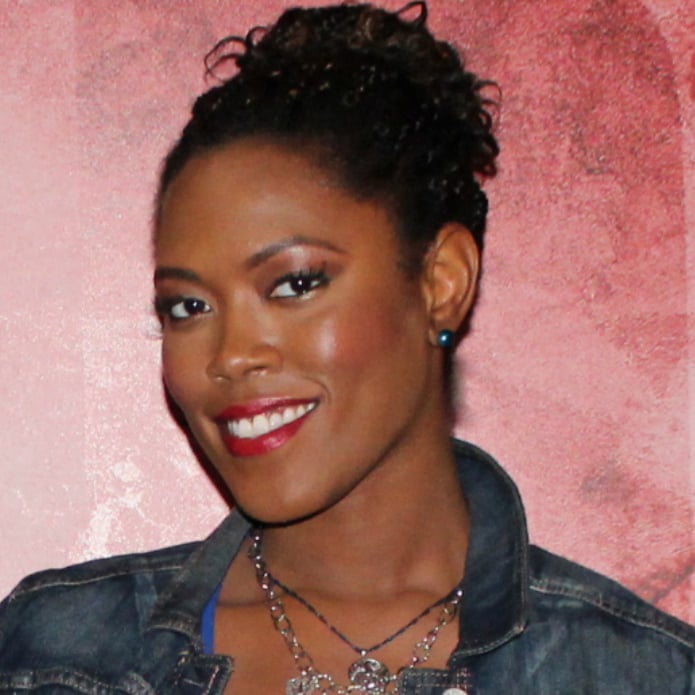San Diego Neighborhoods to Visit During Black History Month
Though we’re hitting the midway point of February, there are some great locations and neighborhoods to visit for the remainder of this month in observation of Black History Month. While San Diego may not be associated with African American culture, there is no shortage of cultural sites in the Downtown San Diego area for you to visit, see, and learn.
Breaking of the Chains Monument — Marina District

Created by Melvin Edwards in 1995 in the Marina District, this large, tall, polished metal sculpture is a monument dedicated to the fight for civil rights. Etched into the footstones are selections from Dr. Martin Luther King’s writings, while the sculpture itself symbolizes discrimination in America through the imagery of breaking chains. Located alongside the Martin Luther King Jr. Promenade, a linear memorial park, and across the street from the San Diego Convention Center, Breaking of the Chains can be observed from dawn to dusk and is transit accessible from the Gaslamp Quarter station.
San Diego African American Museum of Fine Arts — Valencia Park

Located in Valencia Park, the San Diego African American Museum of Fine Arts presents and preserves art made by African Americans. The museum collects and preserves fine art and offers both public and educational programs. Currently, it’s exhibiting the art of African American artists Manuelita Brown, Ernest Eugene Barnes Jr., Jean Cornwell Wheat, Albert Fennell, Kadir Nelson, Faith Ringgold, Charles Rucker, and Rossie S. Wade, all of whom are either from San Diego or have a “significant relationship” to the area.
World Beat Center — Balboa Park

The goal of the World Beat Center is to “create unity within diversity.” A non-profit multicultural arts organization in the heart of Balboa Park, they are “dedicated to promoting, presenting and preserving the African Diaspora and indigenous cultures of the world through music, art, dance, education, sustainability, and technology.” The center also serves to promote peace within the community with ongoing programs and services that nurture the people who live here. The center offers music and dance classes as well as special events during the year.
African Museum (Casa del Rey Moro) — Old Town

Located just a few blocks from the Trolley station in Old Town, African Museum Casa del Rey Moro focuses on African American, African Spanish, and African Mexican heritage. It has seven interactive exhibits: Ancient Nile Valley Civilization, African Continent Overview, African-Latin American Connection, African American Stamp Collection, African American Military-Colonial to Western Frontier, African American Pioneers in San Diego, and the African Diaspora Maritime exhibit. It also has three main exhibit areas, including the Africa Room, the Americas Room, and the United States room, each showcasing cultural items, timelines, and graphics.
The museum is open daily from 10:30 a.m. to 8 p.m. and an admission costs just $2 for adults and $1 for children.
Malcolm X Library and Performing Arts Center — Lincoln Park

The Malcolm X Library and Performing Arts Center in Lincoln Park features a statue of the assassinated civil rights leader, as well as books, newspapers, and magazines that pertain to the African Diaspora experience. The library has an established African American Genealogy section, as well asa technology lab that was added after its 2016 remodeling.
The library is also home to the African American Writers and Artists, a non-profit guild organization that not only encourages the development of creative talent within the African American community but also promotes the culture and creative works of all individuals.
“The Harlem of the West” — Gaslamp Quarter

Though several cities have claimed to be the “Harlem of the West,” including Chicago and San Francisco, San Diego’s Gaslamp Quarter’s claim holds some weight.
The neighborhood was previously home to the Douglas Hotel, a hotel named after Frederick Douglass. Built in the 1920s, it was a desegregated and racial sanctuary, where black and white people could dance, listen to jazz, and eat soul food. Today, the hotel is a group residence. Still, the Gaslamp Quarter has lots to see and offers a variety of walking tours that delve into the neighborhood’s rich history.

